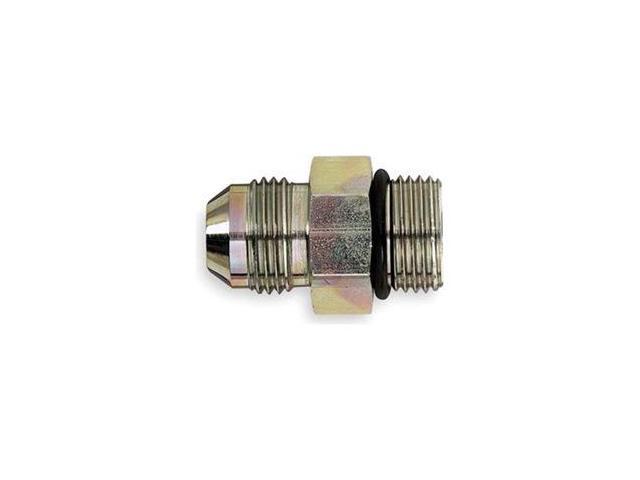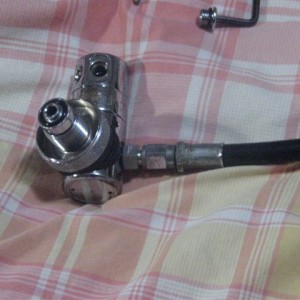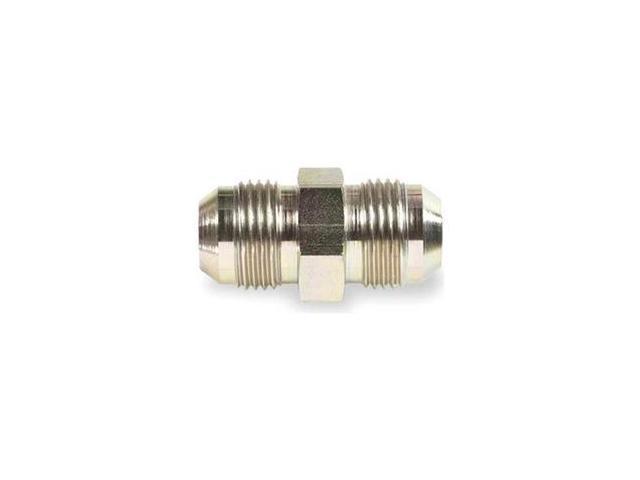OK, OK, Dr. Hill, Herman, and the rest of you. I assumed too much in post #1 of this thread. Give me an F, but forgive me just a little as this is the DIY section. The intent of this post was to address the most common reasons one would want to transfer just a few cubic feet of air from one bottle to another. Mainly I had in mind the typical cases where you need to avoid the VIP Nazis. One example would be if you travel with a pony bottle on an airline and have to remove the valve; another case would be if you want to remove the valve from a tank to have a peek inside or perhaps just to install a different valve. Some people want to top up there pony every now and then without having to pay for an entire fill. I'm sure there are as many examples as there are tank monkeys with reasons not to fill an empty tank.
You assumed just fine, except years too early for me... and I bought a trans fill hose and like it in principle, except it's just ridiculous for travel... Just as "Prof. Couv" assumed... So, it should be people like me that get the "F" grade...
So, a related question (just ordered the fitting did not try yet):
It's a plated (zinc presumably) carbon steel fitting. When not in use, how do you keep that sort of thing (or my cheap black Allen keys for that matter) when travelling to salty destinations? The hex keys or other tools could go into some sort of a no-rust bag, but probably not something meant for breathing gas.
Just keep it as is, rinse after a trip and replace when rust spots show up ... or keep it in the save a dive kit or travel kit ... stored / packaged how to prevent (not promote as sealing in salty moisture would) rusting?






